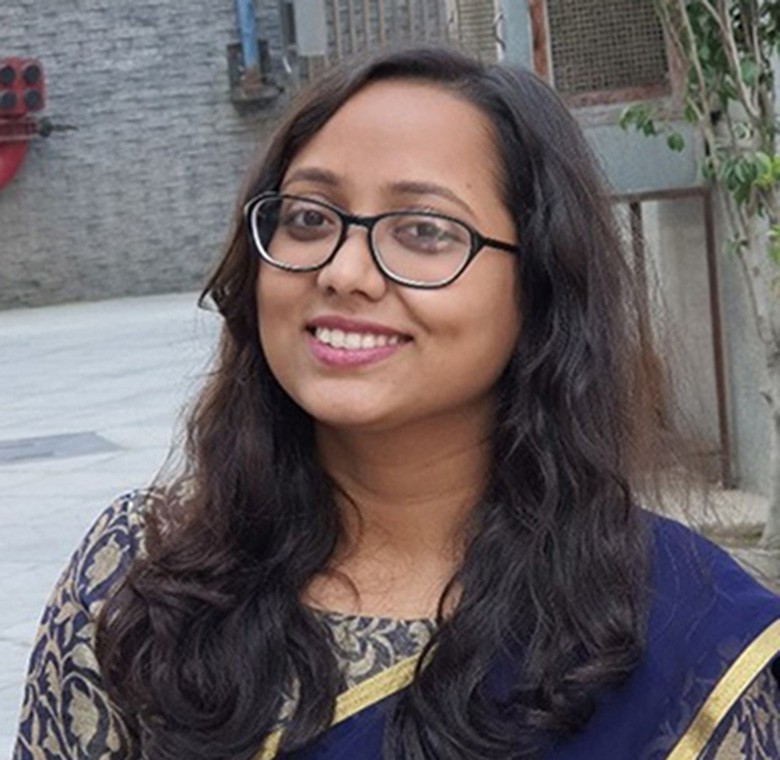The world has been witnessing an epidemiological transition from communicable to non-communicable diseases over the past years due to change in dietary habits, lifestyle, lack of physical activity and indulging in more risky behaviours. According to the World Health Organization, cancer is the second leading cause of death globally and nearly 70% of the deaths are reported in low- and middle-income countries. The burden of cancer is high in countries with high Human Development Index (HDI) compared to developing countries, but the mortality rate is declining in these countries due to effective interventions for prevention, early detection and treatment while it is still on an increasing trend in the others. According to GLOBOCAN 2020, South Central Asia contributes 9.6% of the total new cases of the world and 12.2% of the world’s total mortality. The cost of cancer screening and treatment adds on to the economic burden in low- and middle- income countries (LMIC). Though cancer varies widely in terms of pattern and trend across countries and cancer types, south Asia has some similarities due to the similar risk factors and socio-economic factors among the countries.
Combating cancer requires effective governance and policies and efficient infrastructure backed by sustained financial resources. Interventions like awareness generation, prevention, early diagnosis, treatment, palliative care and monitoring are needed to reduce the morbidity and mortality due to cancers and all these interventions can be best implied through the public health institutions. Most of the population of the South Asian countries depend on public health institutions for their health care needs, especially in the rural areas. But the lack of adequate and efficient human resources and absence of essential diagnostics, drugs and technologies in these institutions fail to cater to the need of the population. Inadequate public cancer care facilities lead to increased number of unaffordable private facilities and causes catastrophic health spending. In LMICs, with less government spending on health and more out of pocket expenditure, public institution can be a medium for providing affordable and equitable cancer services.
Strengthening the public health institution can play a major in reducing the burden of cancer in South Asian countries. Health systems in terms of efficient workforce, diagnostic infrastructure and technologies, treatment facilities and strong referral mechanism should be reinforced. In India, there are only 1250 oncologists to 1.3 billion population, mostly concentrated in metropolitan cities. Therefore, empowering the primary health care provider to detect cancer cases early and provide appropriate treatment can reduce cancer mortality significantly by improving the prognosis. Effective screening methods feasible for low-income settings can be introduced within routine health services in a phased manner and eventually scaled-up. Providing minimal treatment procedures at the public institutions could make treatment accessible and affordable the poorer section of the population. In LMICs, the proportion of GDP contributing to health is very low (3.6-3.9%). In this case, channelizing the limited resources to different section of cancer care is indeed challenging. Therefore, the interventions for cancer should not only be efficient, but also cost-effective, especially in resource constrained countries. Competent primary care services and public health institutions can form the base for a strong and equitable health system to control cancer. The policies and programmes for cancer control can be successfully implemented and monitored by working in line among these institutions and the government notwithstanding the engagement of non government organizations proficient in public healthcare.
About the Author:

Dr. Pritinanda Jethi
Dr. Pritinanda Jethi is a masters of public health candidate and a research intern at CHD Group.
Disclaimer: Views expressed are the authors own. CHD Group takes no liability on behalf or for the contents expressed.
